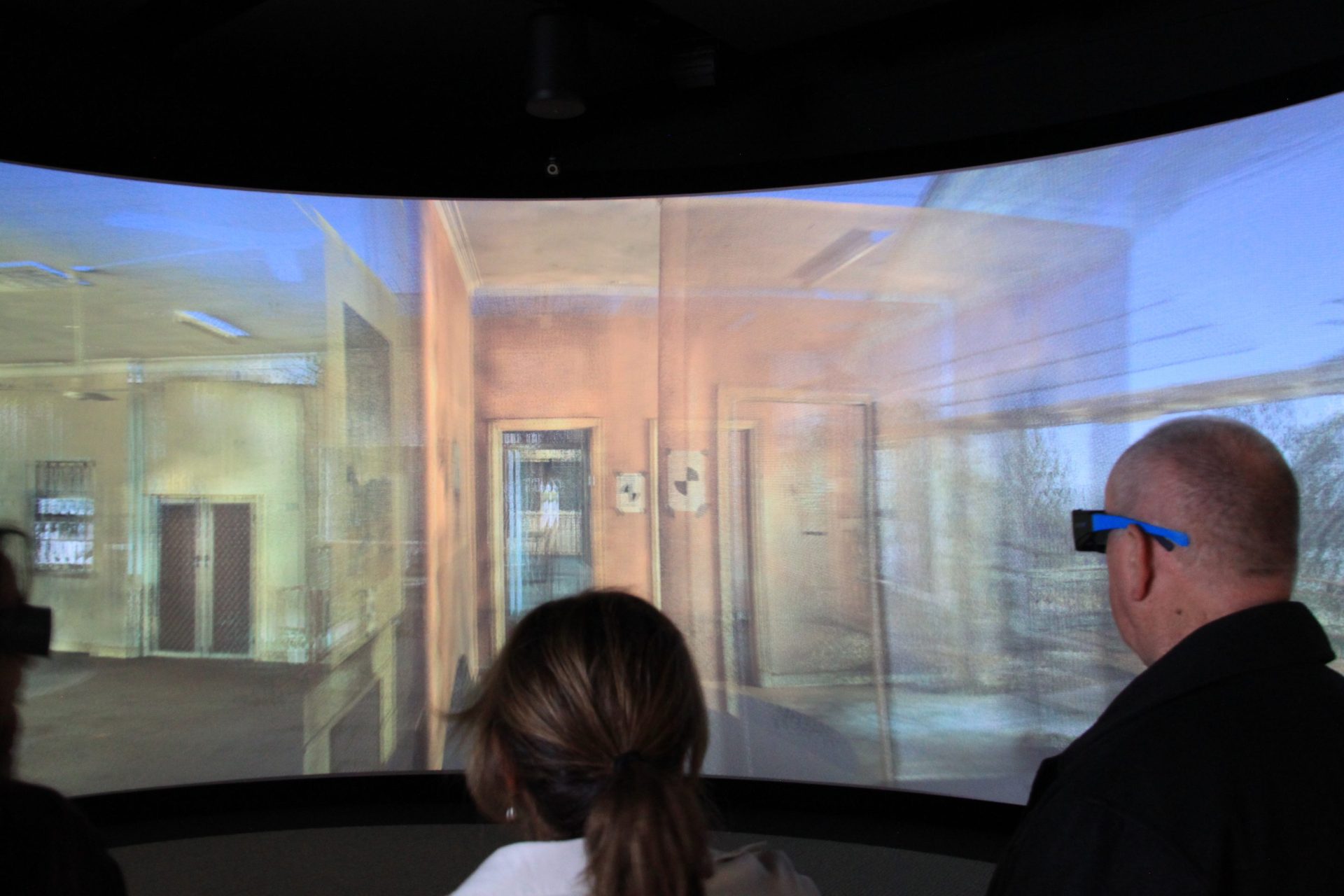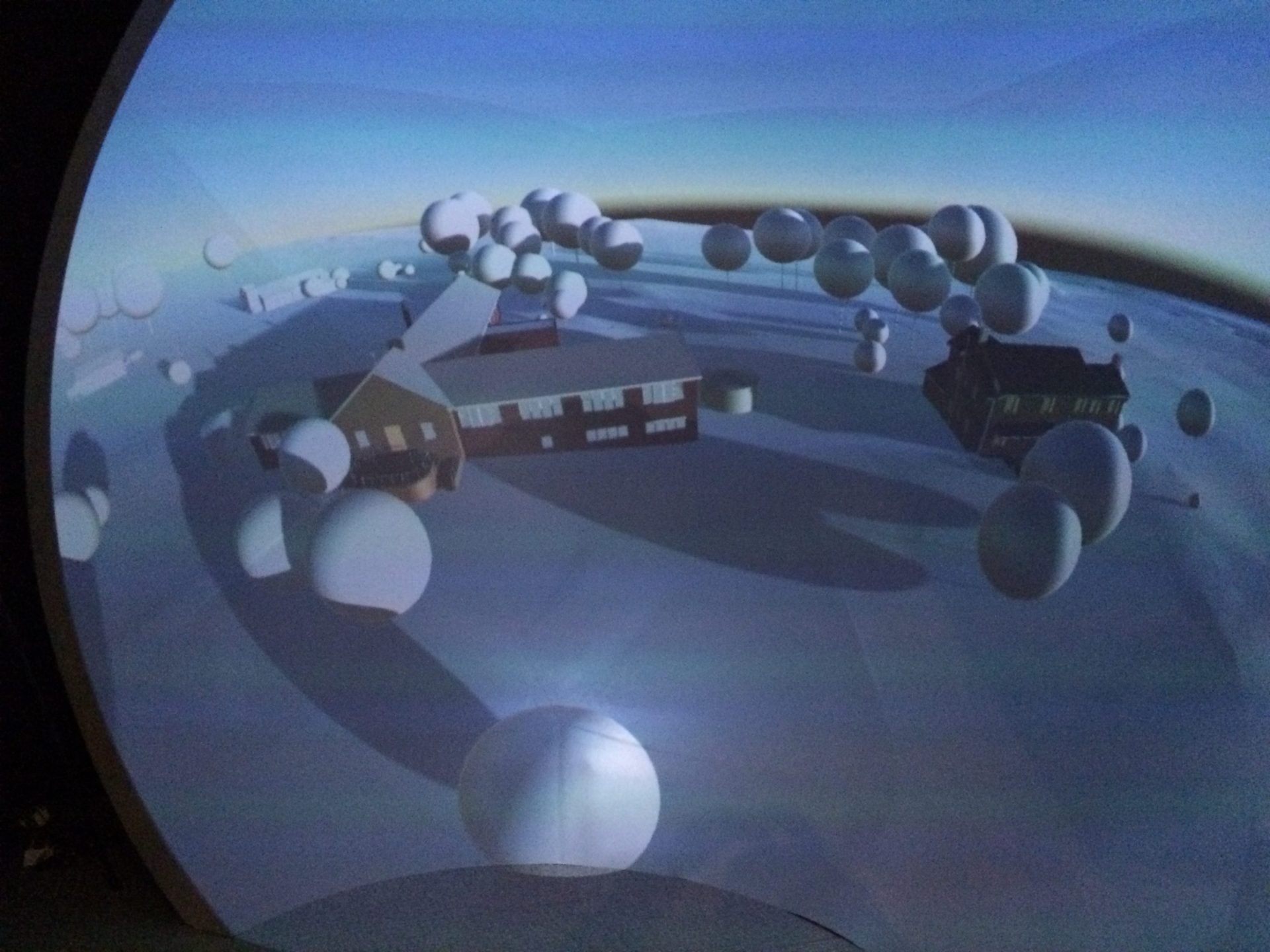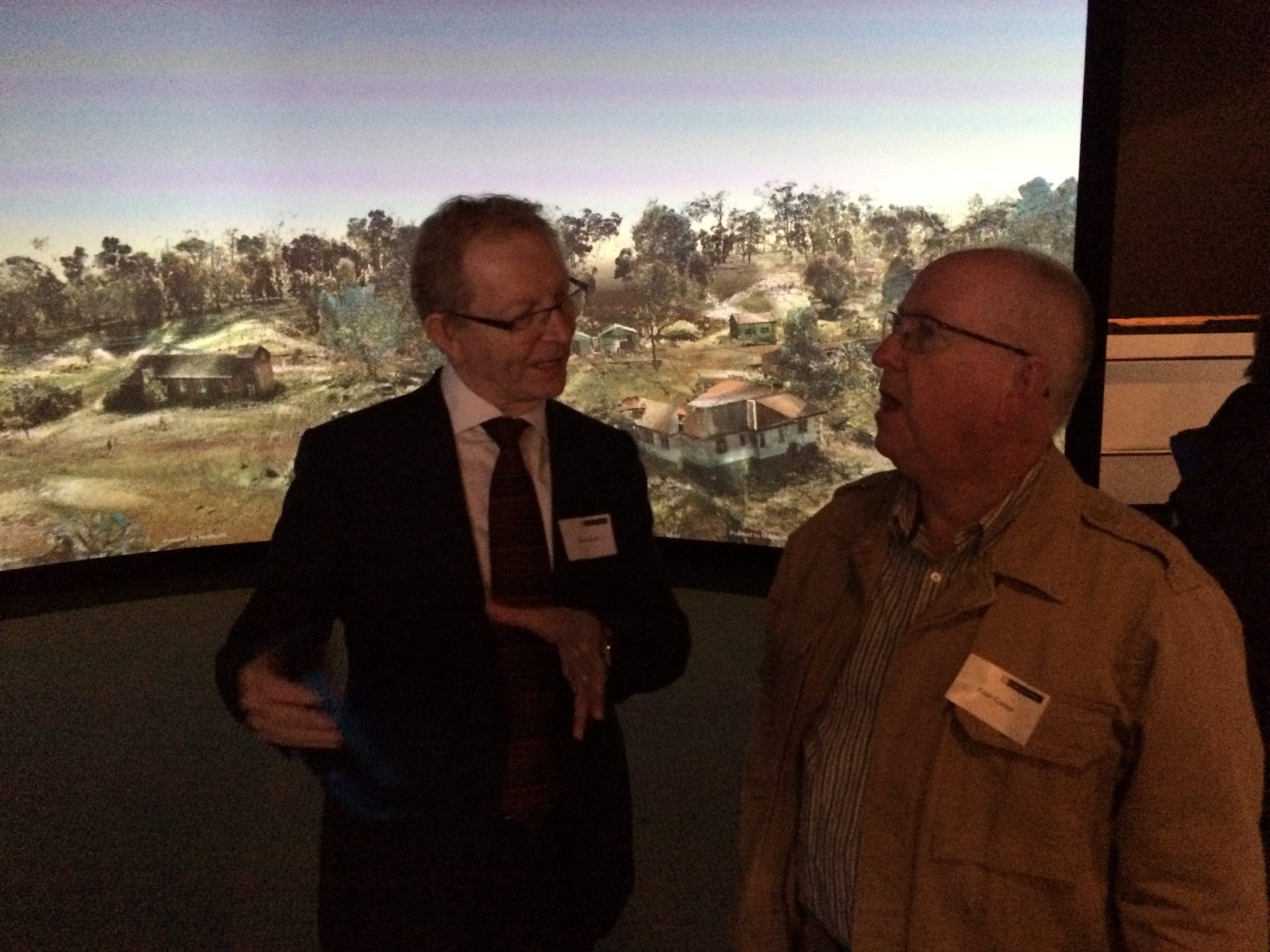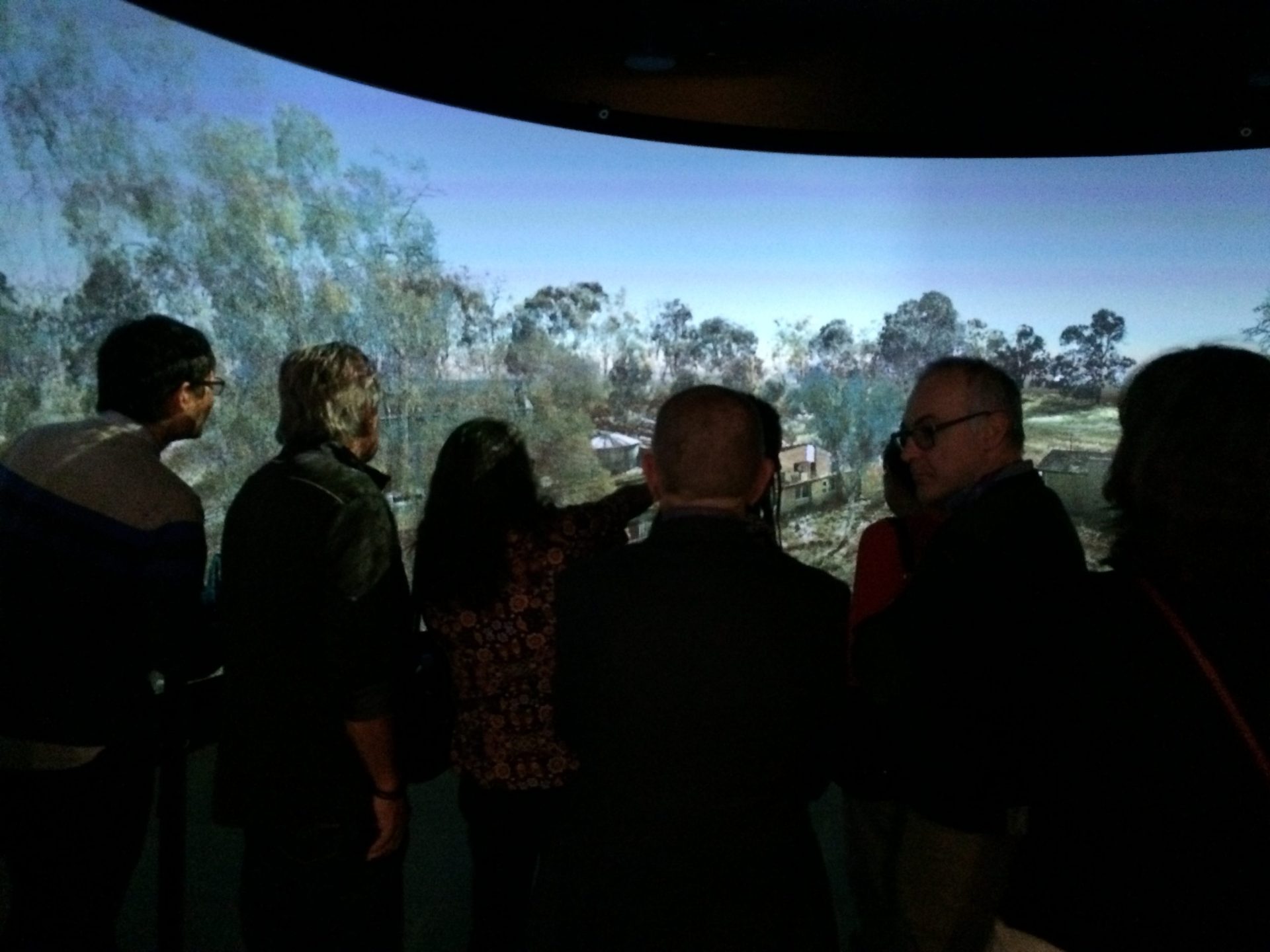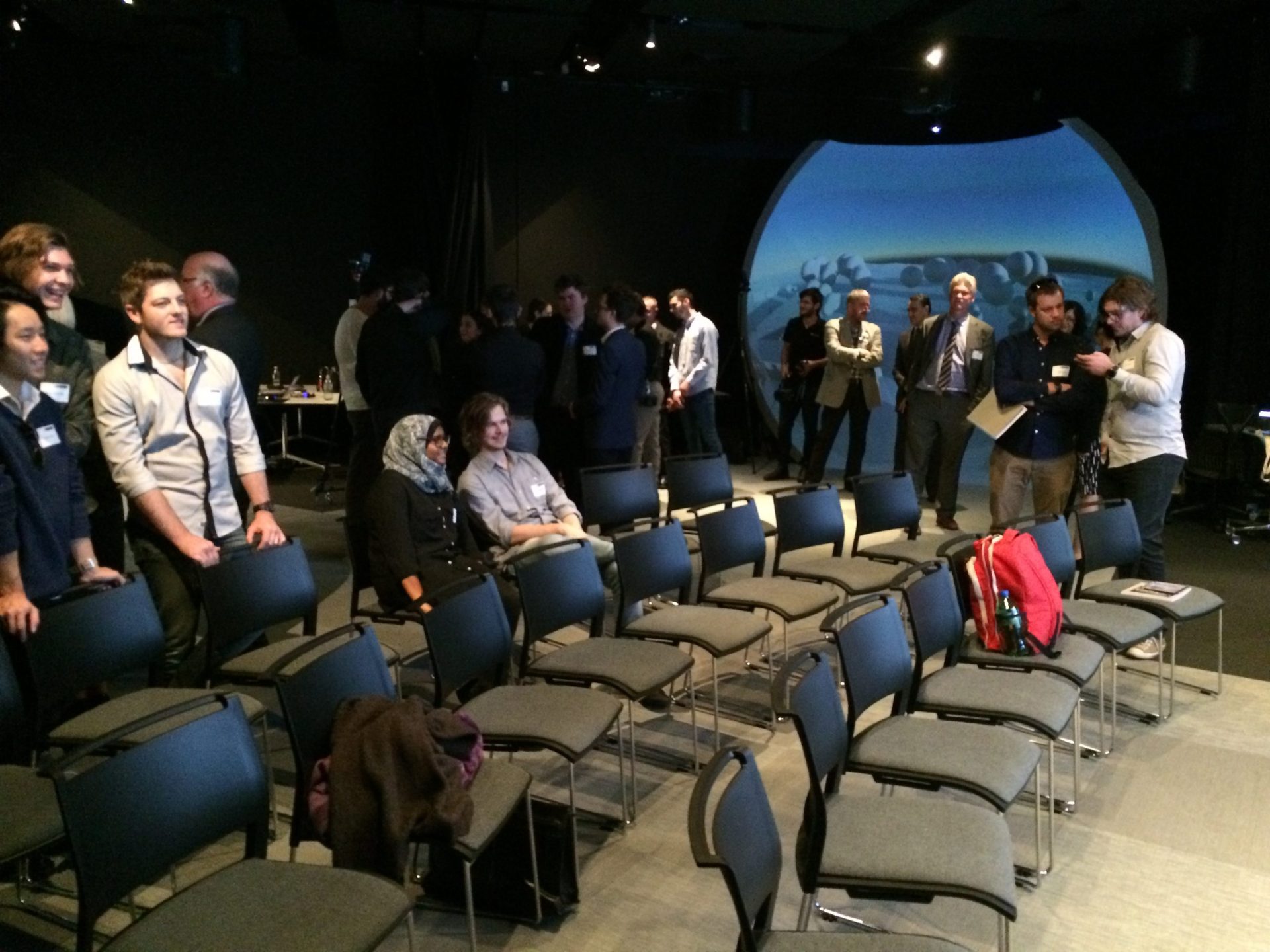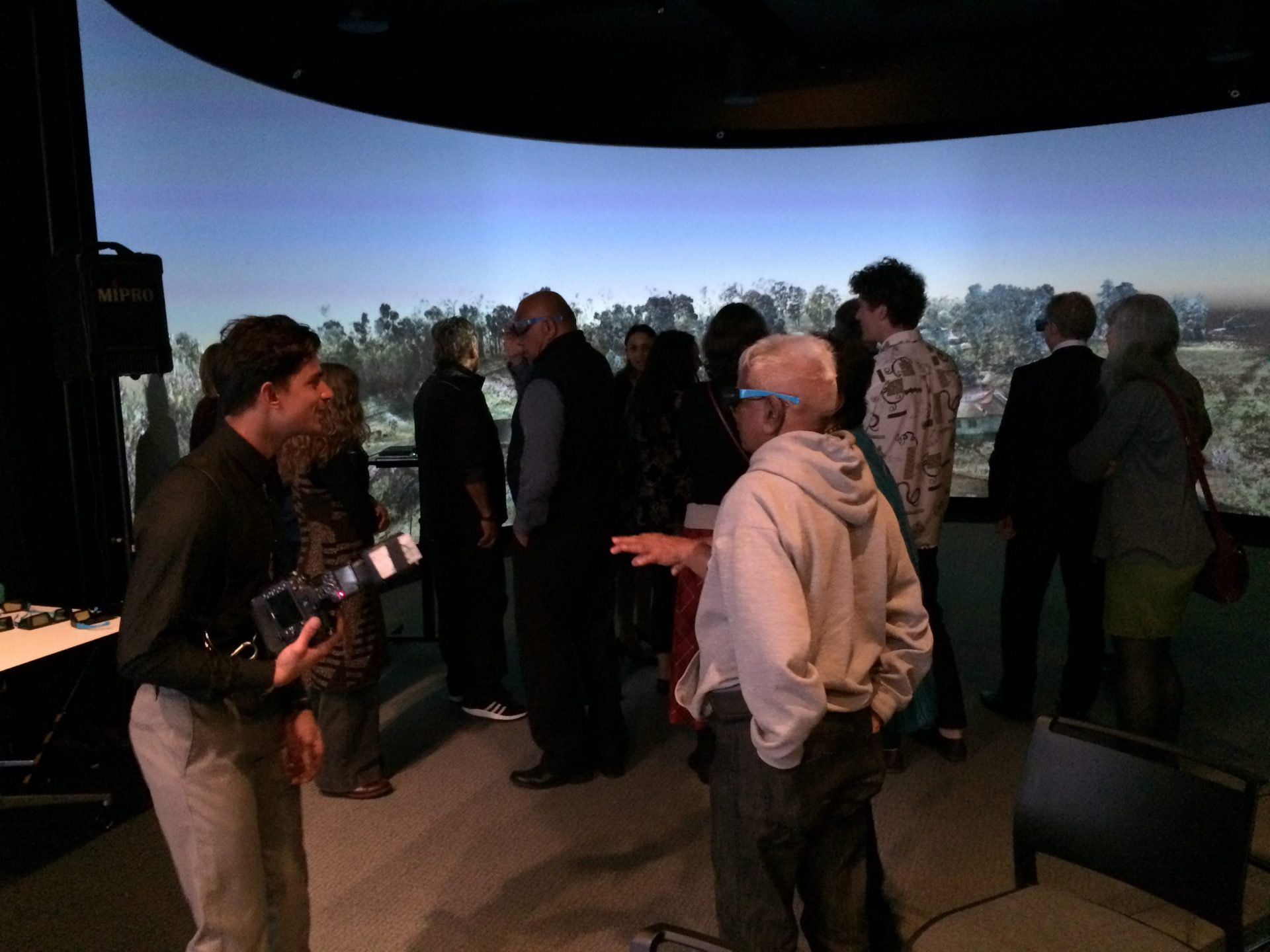Missions Connect
A Curtin University research study.
In Western Australia, missions run by the government, and later religious organisations, were places that Stolen Generation people were taken to be confined, educated and denied their Aboriginality.
We acknowledge the Traditional Owners of the country, the Wadjuk Noongar nation, on who’s land Curtin University is situated, their continuing connection to country and culture. We pay our respects to their Elders past, present and emerging.
We also acknowledge:
- The traditional owners of all the mission sites we have researched for allowing the project access. We acknowledge your Elders past, present and emerging.
- The Survivors and their families who generously and bravely shared their stories with our team – this project could not have happened without your input.
- All Stolen Generations organisations and other Aboriginal organisations.
WARNING: Aboriginal and Torres Strait Islander people are advised that this website and research study may contain images, video and voices of deceased persons.
The content of this website relates to former Mission sites in Western Australia where Aboriginal people were taken from family, country and culture. This content may be distressing as it bears witness to the traumas that occurred in these places.


